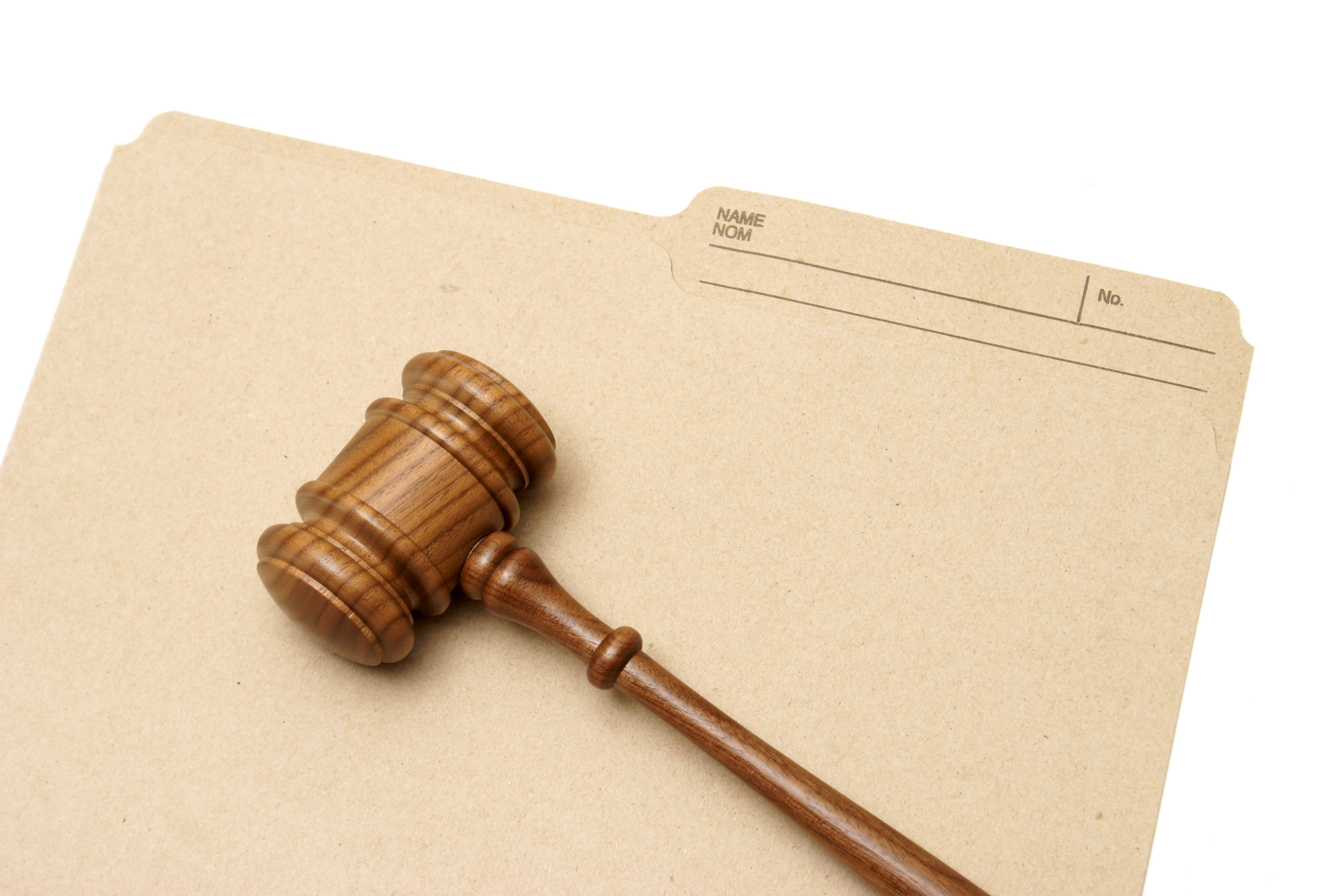Thousands of cases are reviewed by the United States Supreme Court every year. If you add that number to the number of cases that lower courts manage, you’re looking at hundreds of thousands of judgments and subsequent court records.
Court records are dockets that contain information that a court received in conjunction with a case. These records might include accounts of evidence, transcripts and the final verdict that was decided on during proceedings.
What many people don’t know is that court records, in almost all cases, are free for the public to access. These records are made available in an effort to increase judicial transparency.
If you’d like to access these public court records, while it’s possible to do so, it can be difficult. Below, we walk you through steps that you can take to get your hands on records that you need.
1. Figure out Where to Look
Unfortunately, there’s no one website that you can hop on that stores all local court cases. There are some tools that attempt to aggregate cases for you (more on that later) but if you’re looking to go the cheap route when it comes to finding court records, you’re going to have to know where to look.
Typically, court records live in the county where charges were filed. For example, if a crime was committed in Los Angeles County, that’s where the court record would live no matter where the trial took place or where the defendant may have been jailed.
2. Access the Appropriate County Court’s Website
Once you know which county charges were filed in, it’s time to find that county court’s website/records database. A Google search should turn up the site that you’re looking for. If you’re trying to dig up a smaller county’s online presence, you may have to do some digging or may find that the county you’re searching for doesn’t maintain a court website at all.
If your county court doesn’t have a website, don’t give up just yet. You’ve got some options that we’ll review in a moment.
3. Consider the Possibility of Niche Databases
Most counties will aggregate all of their court records into a single database. For larger counties though, you might find that criminal, tax, property and other case types have their own separate database.
Be mindful of this possibility and double-check to make sure that you’re on the right website.
4. Use Record Aggregation Tools
If your online record searches haven’t turned up what you’re looking for yet, you could benefit from using a third party record aggregation tool. As we mentioned earlier in this post, third party providers offer software that scans a number of niche court databases and pulls all results into a single portal for you to review.
Aggregation software like Sayari is powerful but costs money to use. If you’re interested in seeing if this tool’s features are going to be helpful to your search, check it out! There are a number of online information aggregators that you can try if you’d like to weigh tools that come in at different price-points.
5. Call the County Court and Head Down
Sometimes, records for cases that you’re looking for don’t exist online. In these cases, one of your options is to call the county court to see if the file exists in their records room.
It may take a number of days before a country can confirm that a record is in its possession since somebody in the building will have to take the time to manually scrub records to confirm a particular docket’s presence. If it is confirmed that your record exists offline, check when the court’s record viewing hours are and head over to inspect relevant documents.
6. Mail in a Court Records Request
Is the county that you’re working with far away from home? If it is and traveling is out of the question, some courts will allow you to mail in court record requests and will send you hard copies in the mail.
Call the county court that you need help from and ask how this procedure is conducted. The will likely mail you a request form or email you instructions on how to write your own formal request letter.
Be aware that there will be fees involved when receiving mail-order copies of records.
7. Use the Federal Court’s Database
Are the court records that you’re looking for from a federal case. If they are, you’re in luck!
Federal court records exist in a national database that is more easy to use than the vast majority of local court databases. To access unsealed federal court records, head over to US Courts records website. Once there, you can use their PACER tool to pull up what you’re looking for.
In rare cases, digital copies of unsealed records will not be available through PACER. You should be able to pay to receive physical copies of these records via mail.
Closing out Our Tips on How to Access Court Records
Court records are almost always available to the public. Just because you can access something though doesn’t mean that it’s going to be easy to access. We hope that our tips will help you find the case information that you’re looking for as quickly and as affordably as possible.
As always, if you find yourself in need of additional information on how to lean on technology to solve life’s biggest questions, keep browsing our blog to read more of our informative content!
